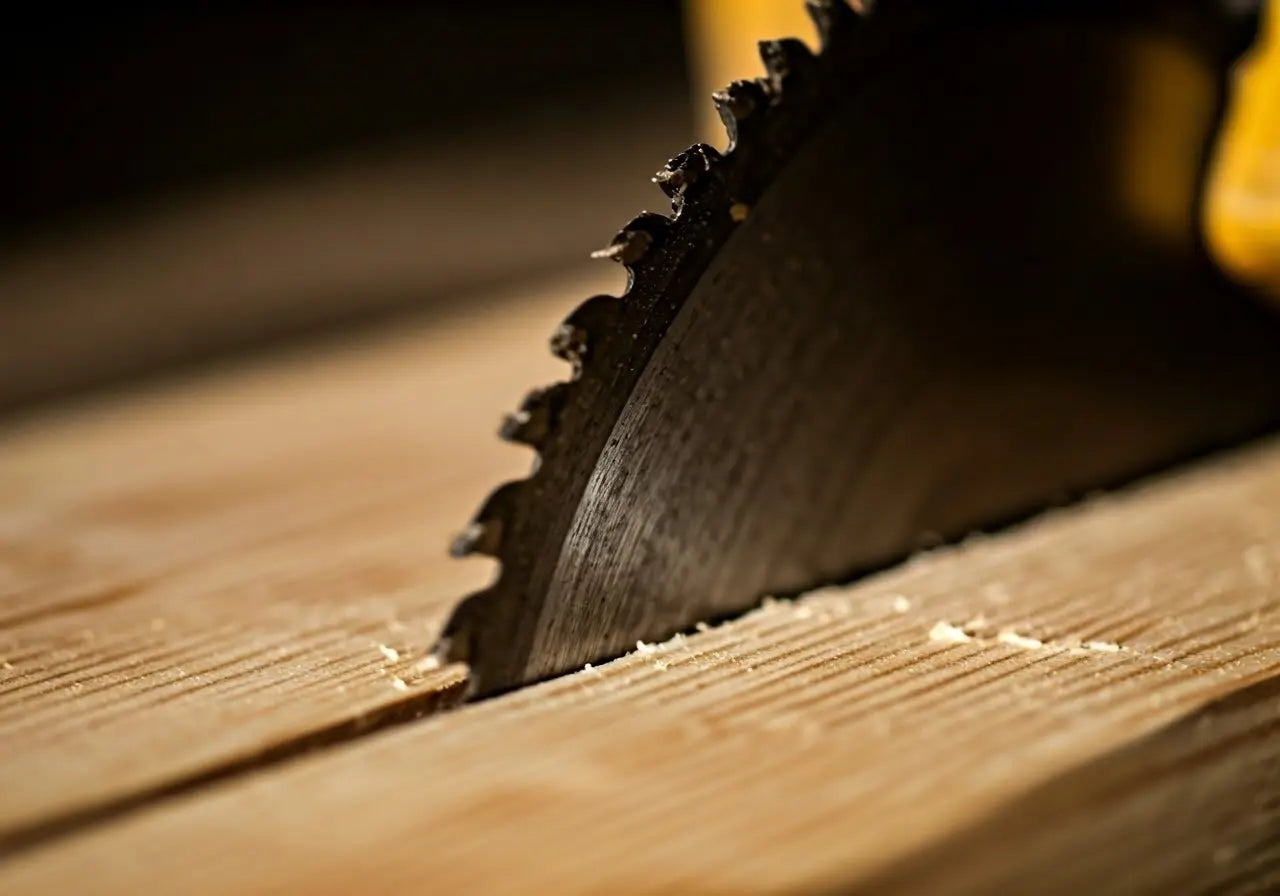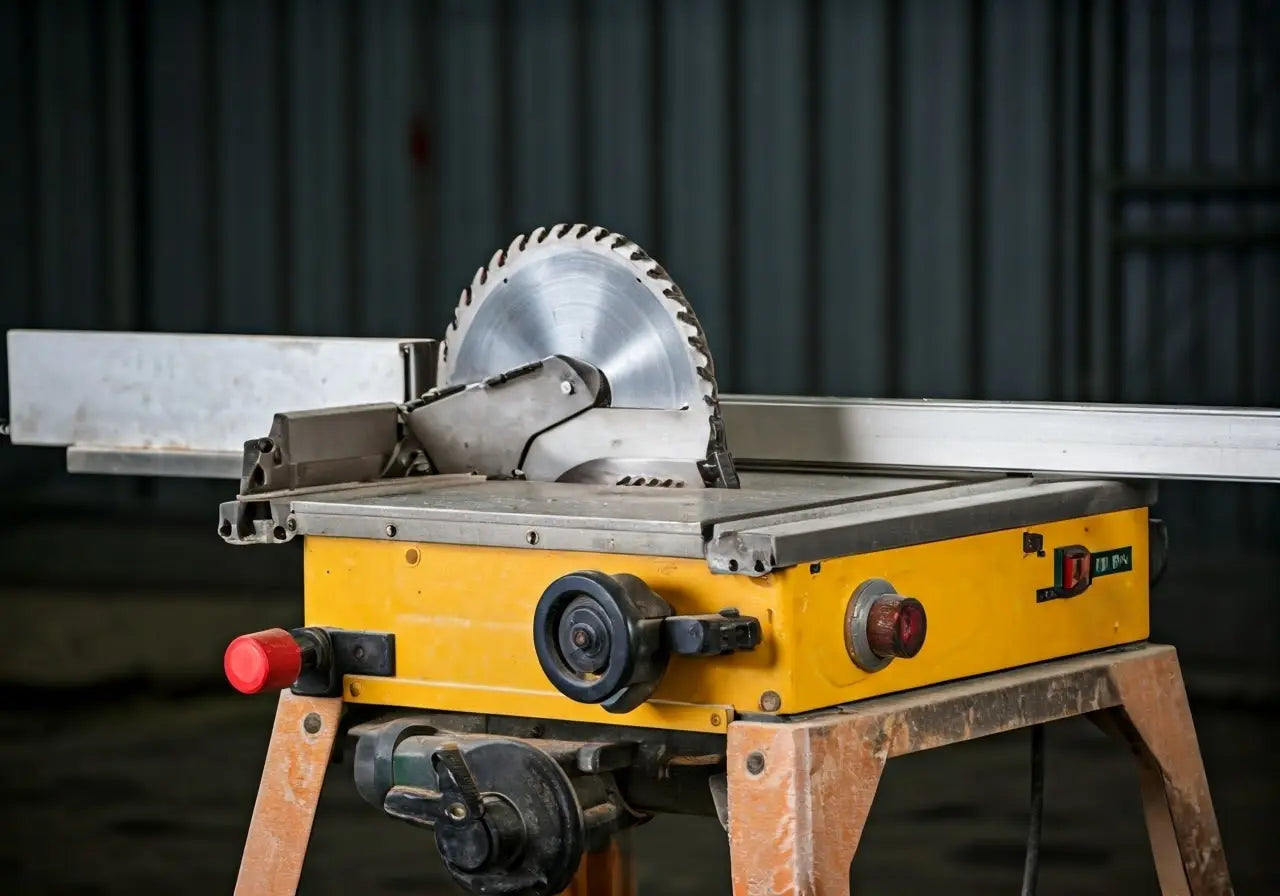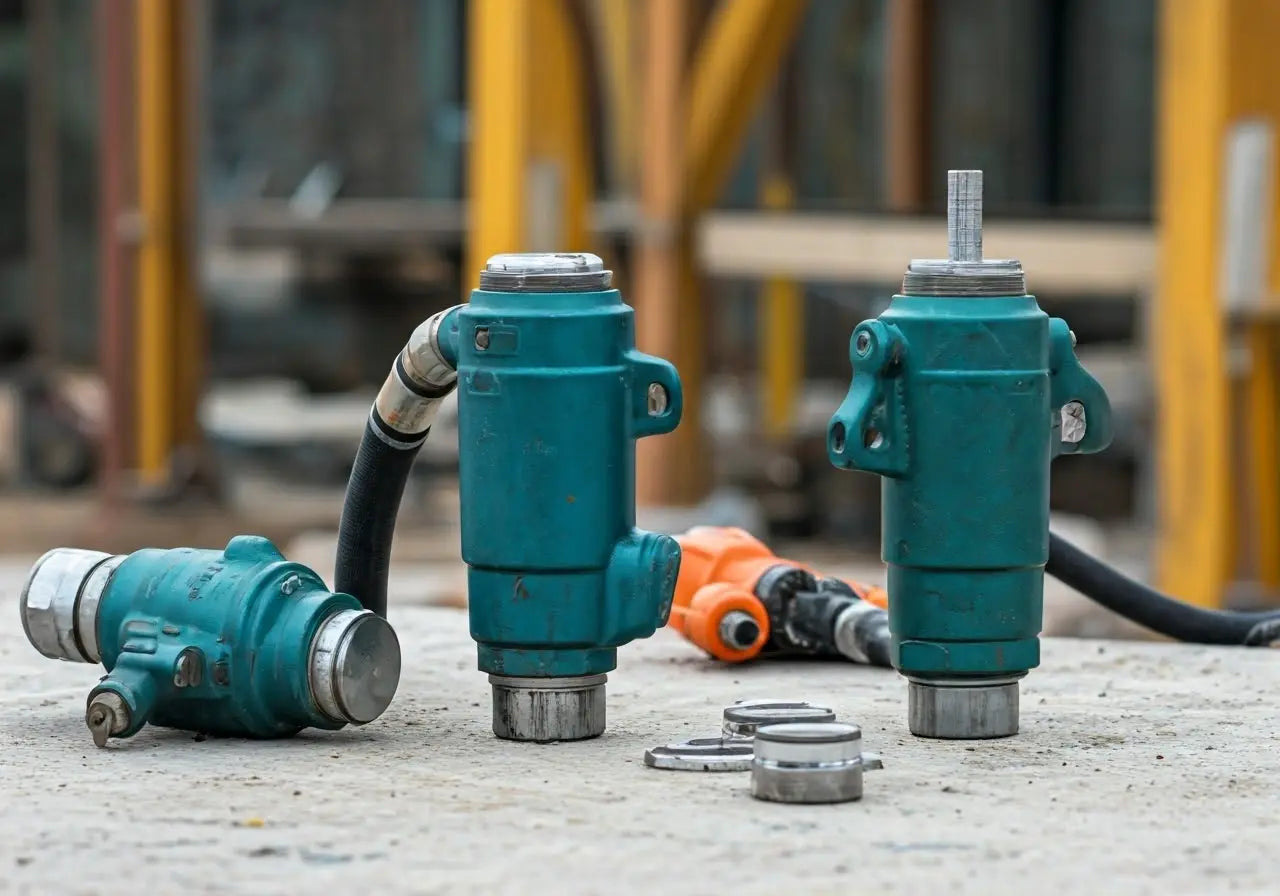Using a saw blade might seem straightforward, but even seasoned DIY enthusiasts can make mistakes that affect safety and efficiency. In this blog post, we’ll delve into some of the most common errors people make when using a saw blade and how to avoid them. Let’s make your woodworking projects smoother and safer!
1. Choosing the Wrong Saw Blade
Selecting the appropriate saw blade for your project is crucial. Using the wrong type of blade can lead to poor cuts and even damage your saw. The type of material you’re working with—whether it’s wood, metal, or tile—dictates the type of blade you need. For instance, using a masonry blade on wood can not only ruin your workpiece but also overheat the blade, causing it to warp or become dull prematurely. Always refer to the manufacturer’s guidelines and recommendations to ensure you are using the right blade. For a robust selection of high-quality blades, consider exploring the iQ Saw Blades.
Moreover, the correct blade isn’t just about material—it also takes into account the type of cut you need. Crosscut blades, for example, are designed for cutting across the grain, while ripping blades are perfect for cutting along the grain. Failure to use the right kind of blade can make your job harder, leading to jagged edges and potentially even causing the blade to bind or jump. Familiarize yourself with the specific uses of each blade type to ensure smooth and accurate cuts.
2. Improper Blade Installation
Incorrectly installing the blade can result in uneven cuts and pose significant safety hazards. Make sure the blade is securely fastened and properly aligned. Always turn off and unplug your saw before attempting to install or change the blade. Check the blade’s alignment by spinning it manually—there should be no wobble or imbalance. If your blade isn’t aligned correctly, it can lead to a phenomenon known as blade drift, where the blade wanders off the cutting line, affecting precision and safety. For detailed information on proper blade installation, you can refer to helpful resources or videos like this one.
Another critical element of proper blade installation is torque. Over-tightening the blade can strip the threads on the arbor (the shaft where the blade attaches), while under-tightening can result in a loose blade that wobbles and potentially flies off during use. Use a torque wrench to ensure the blade is securely fastened to the manufacturer’s recommended specifications. This simple step can save you a lot of trouble and make your cutting tasks safer and more efficient.
3. Ignoring Blade Quality
A low-quality blade can wear out faster and compromise the finish of your cuts. Always invest in high-quality blades for the best results. High-quality blades, like the iQ Diamond Tools Q-Drive® blades with Cool Cut Technology, provide superior performance and durability. They are precision-engineered to handle a wide variety of cutting tasks with ease, ensuring smoother cuts and extending the lifespan of both the blade and the saw.
Low-quality blades not only affect the quality of your work but also pose safety risks. Inferior blades are more prone to dulling and damage, which can lead to kickbacks or blade breakages. Investing in good-quality blades is an investment in your safety and the longevity of your tools. You’ll also notice an improvement in efficiency, as high-quality blades cut through materials more effortlessly, reducing the strain on your saw’s motor.
4. Skipping Blade Maintenance
Regular maintenance, including cleaning and sharpening, extends the life of your saw blade and ensures precise cuts. Don’t neglect this crucial step. Frequently inspect your blades for signs of wear and tear, such as chipped teeth or dull edges. Cleaning the blade is also essential; sawdust and resin can build up on the teeth, affecting the blade’s performance. A simple mixture of warm water and a mild detergent can be used to scrub off the buildup. After cleaning, make sure to dry the blade thoroughly to prevent rust.
Additionally, sharpening the blade is a task many overlook. A dull blade not only makes cutting more labor-intensive but also increases the risk of accidents. You can use a diamond blade sharpener or take your blade to a professional sharpening service to keep it in top condition. Regularly maintained blades not only perform better but also last longer, saving you money in the long run. For more maintenance tips and blade care advice, check out this comprehensive guide.
5. Improper Cutting Technique
Using the wrong technique can not only ruin your materials but also be dangerous. Learn and practice the correct methods for different cuts to ensure both safety and quality. Holding the saw incorrectly or applying uneven pressure can cause the blade to bind or kick back. Always maintain a firm grip on the saw with both hands and ensure your stance is stable and balanced. The material being cut should be well-supported to prevent it from shifting during the cut.
Using proper cutting techniques is crucial for achieving smooth and precise cuts. For example, when making crosscuts, use a mitre saw or a crosscut sled on a table saw for accurate results. For ripping cuts, ensure you use a rip fence to guide the material through the blade. This not only ensures a straight cut but also keeps your hands safely away from the blade. Watching instructional videos, like this one, can provide valuable insights and tips on mastering various cutting techniques.
6. Neglecting Safety Gear
Always wear appropriate safety gear, such as goggles and gloves. Ignoring this can lead to serious injuries. Safety glasses or goggles protect your eyes from flying debris, while gloves can offer some protection for your hands. However, be cautious with gloves around spinning blades, as they can get caught. Additionally, hearing protection is essential when using loud power tools to protect your ears from long-term damage.
Wearing the right safety gear is not just a recommendation—it’s a necessity. Depending on the material you’re cutting, you may also need a dust mask or respirator to protect your lungs from harmful dust particles. Ensure your work area is well-lit and free of clutter to avoid tripping hazards. For a more detailed list of necessary safety gear, refer to this safety guide.
7. Overlooking Material Compatibility
Not all blades are suitable for every material. Ensure your blade is compatible with the material you are cutting to avoid damage or poor results. For example, using a blade designed for wood on metal can dull the blade and damage the material. Always check the blade’s specifications and ensure it’s intended for the material you plan to cut. Using a blade that’s not suited for a particular material not only leads to subpar results but can also damage the blade and the saw.
It’s important to note that even within the same material category, different types of that material may require different blades. For example, cutting hardwoods may necessitate a different type of blade than softwoods due to differences in density and grain patterns. Familiarize yourself with the properties of the material and choose the right blade accordingly. For instance, the iQ Glass Tile Saw Blade is specifically engineered for glass tiles, providing precise and clean cuts without chipping.






Leave a comment
This site is protected by hCaptcha and the hCaptcha Privacy Policy and Terms of Service apply.